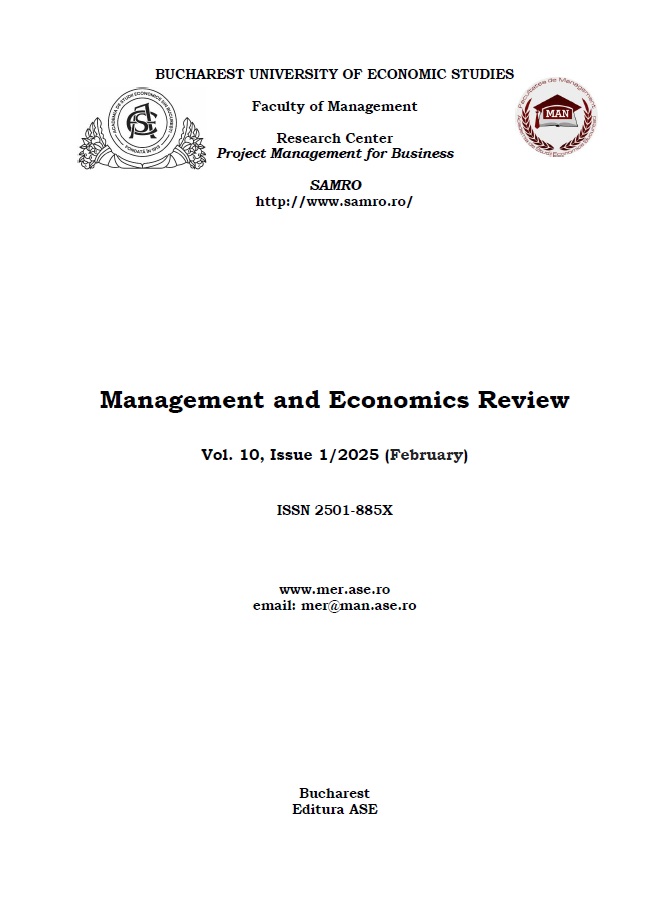Factors Affecting Customers’ Repurchase Intention in Online Shopping Case Study: Jumia Algeria
Factors Affecting Customers’ Repurchase Intention in Online Shopping Case Study: Jumia Algeria
Author(s): Sabrina BERGOUG, Hachemi MahmoudiSubject(s): Economy, Business Economy / Management, Marketing / Advertising
Published by: EDITURA ASE
Keywords: perceived ease of use; perceived usefulness; perceived price; service quality; experience; trust; satisfaction; repurchase intention; technology acceptance model
Summary/Abstract: The emergence of e-commerce has profoundly changed consumer behaviour, making online shopping a major force due to its convenience and accessibility. It is important for online retailers to understand repurchase intentions in order to sustain and grow their customer base. This research, which was carried out in Jumia Algeria, explores the factors driving customers to repurchase from online retailers in Algeria. We adopted a blended approach, combining both qualitative and quantitative methods, conducting interviews with six individuals, and administering an online survey to a final sample of 91 users aged between 18 and 64, located in 13 districts, who met the criteria of having made at least one prior and recent purchase using specifically the Jumia mobile application. The data were processed using Nvivo and SPSS software. Furthermore, a multiple regression technique was used to assess the possible connection between the variables. The results indicated that perceived ease of use, perceived usefulness, service quality, customer experience, and satisfaction positively affect repurchase intention. Although these findings provide practical insights for improving customer retention in the Algerian online shopping market, certain limitations should be acknowledged. The survey target was restricted to specific criteria, which may affect the broader applicability of the findings. Additionally, the study’s focus on the Algerian market, with over 60% of respondents being from the capital, limits the relevance to the other regions. Finally, the qualitative phase is carried out in order to obtain the consumers’ perception and derive the most important factors; based on six individual interviews, it provides depth but does not fully capture the diversity of consumers’ experiences.
Journal: Management and Economics Review
- Issue Year: 10/2025
- Issue No: 1
- Page Range: 233-253
- Page Count: 21
- Language: English

